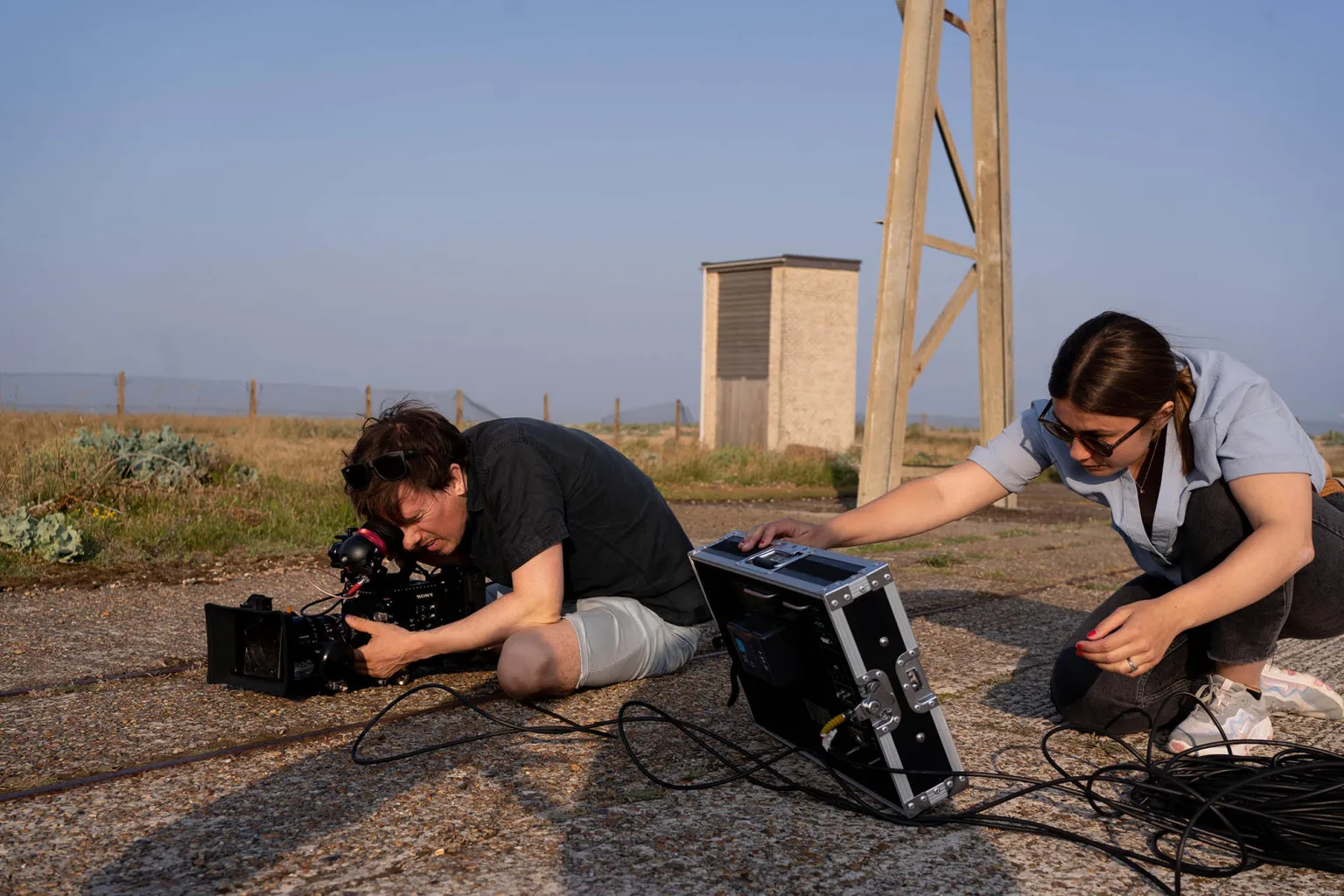Advocacy through filmmaking.
Thanks to streaming platforms like Netflix and Amazon Prime, the documentary format is arguably more popular than ever. Particularly over this last year of lockdown, people have the appetite for engaging stories that they can sink their teeth into, and even better if the story has a tangible cause to get behind.
The widespread popularity of Netflix’s latest investigative documentary, Seaspiracy, is a perfect example of how powerful a tool documentary can be to advocacy efforts. For NGOs working in international development, commissioning documentary films can be a great way of growing awareness around an issue, allowing audiences to dive into the detail and get to know the people behind the statistics.

People have the appetite for engaging stories that they can sink their teeth into, and even better if the story has a tangible cause to get behind.
Reelmedia
Ethical storytelling.
Thanks to streaming platforms like Netflix and Amazon Prime, the documentary format is arguably more popular than ever. Particularly over this last year of lockdown, people have the appetite for engaging stories that they can sink their teeth into, and even better if the story has a tangible cause to get behind.
The widespread popularity of Netflix’s latest investigative documentary, Seaspiracy, is a perfect example of how powerful a tool documentary can be to advocacy efforts. For NGOs working in international development, commissioning documentary films can be a great way of growing awareness around an issue, allowing audiences to dive into the detail and get to know the people behind the statistics.


Making an impact.
When creating documentaries for the Third Sector it can often be tempting to jump to the most harrowing story. Yet, for an audience, it’s not always the most tear-jerking narratives that grab their attention. Humans are a relatively homogenous group, and most of us strive to fulfil the same basic needs in life, wherever we’re from. Audiences like to see themselves in stories, so finding these points of universal relatability is critical to building a connection between the issue and the individual, and is ultimately what generates impact.
No matter how good the narrative, a film can’t make an impact if nobody sees it. Despite having excellent access to stories, often, NGO documentaries can fall flat in the distribution phase. Thinking about who’s going to see the documentary and via what medium is critical to increasing a film’s impact. In all of our documentary projects, we think about the distribution plan from the outset. For example, when producing Until the last drop, our documentary for Oxfam on farming in the West Bank, we knew that the documentary was aiming for a festival release. Knowing the distribution objectives informed our approach to conceptualising the entire film, and the documentary ended up collecting multiple awards and festival screenings.




